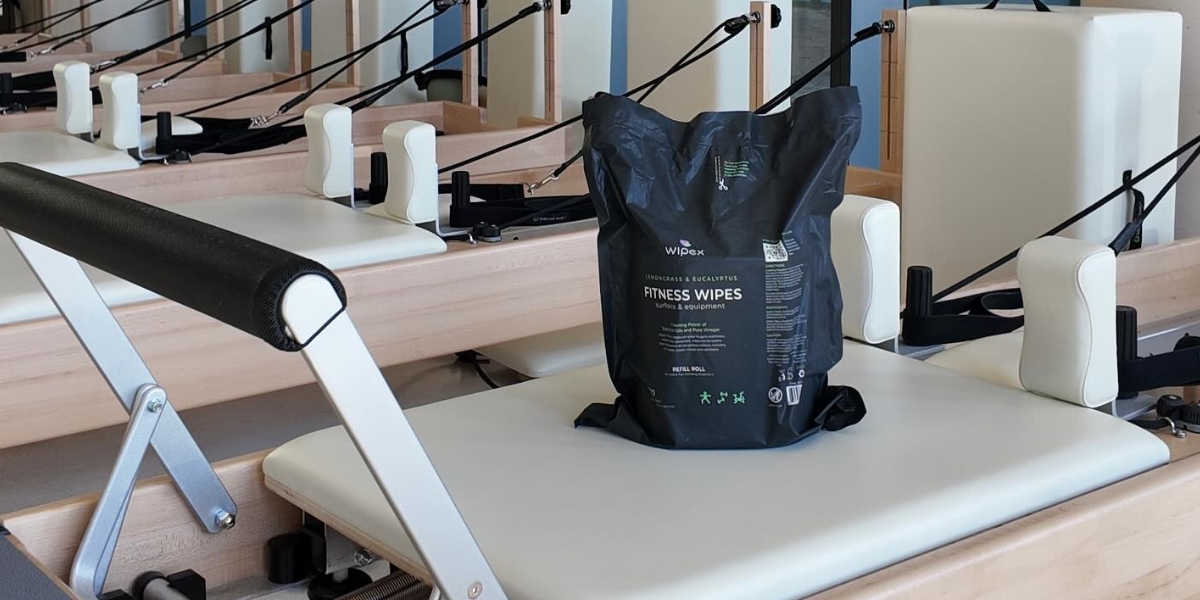You can choose from a variety of wood choices for your restaurant furniture. Different wood species offer distinct aesthetic and practical characteristics. Additionally, some types of wood may have advantages over others in terms of heat resistance, stain resistance, and scratch resistance. Wood can generally be categorized into two main types: hardwood and softwood.
While softwood can create a more rustic and affordable look, hardwood often adds visual appeal and sophistication. Hardwood, made from deciduous trees, tends to be deeper in color, while softwood, which comes from coniferous trees, is lighter in weight.
Types of Wood Tables
Butcher Block Tabletop
Butcher block tabletops are a thoughtful option for designs that require a classic and durable appearance. Known for their natural strength and beauty, butcher block tops are often preferred when solid wood tables are required. The butcher block top features more variation in design compared to the plank top, but both options provide a strong, natural feel.
Plank Table Top
Plank solid wood tops, which offer a similar aesthetic to butcher block tables, are another popular choice among restaurant owners. While they resemble their counterparts in appearance, they differ in style. The plank top is made from long strips of wood of varying widths, resulting in a more uniform design. This style can create a cleaner and more understated look, which could be ideal for certain settings.
Solid Wood vs. Veneer
Both solid wood and veneer table tops can add a touch of sophistication to your venue, but each has its unique qualities and potential benefits.
Solid Wood vs. Veneer: The right choice depends on your priorities and intended use. Veneer, made by joining smaller pieces of wood, is an affordable alternative to solid wood and can offer the look of premium hardwood furniture without a high price tag.
Pros of Solid Wood
Solid wood is denser and more durable than veneer, which allows it to support more weight and be less prone to moisture damage and scratching.
Traditional Design: The sturdiness of solid wood brings prestige to your venue, complementing various styles. Its inherent beauty adds character and warmth to any setting.
Natural Appeal: Unlike veneer or laminate, which are made from heavily processed materials, solid wood is made from raw materials that provide a more organic feel.
Character: Every piece of solid wood is unique. It’s not machine-made, which results in one-of-a-kind variations where no two components are exactly alike.
Versatility: Available in various wood species and finishes, solid wood offers flexibility for creating a custom look tailored to your design preferences.
Value Retention: Solid wood furniture may increase in value over time, often outlasting veneered furniture.
Repair Potential: Scrapes, dents, or other damage to solid wood can often be repaired, painted, or stained. Veneer, however, does not offer the same restoration potential.
Pros of Veneer Wood
Moderate Price Point: Veneer is typically more affordable than solid wood, but it still offers a quality appearance compared to laminate.
Genuine Appearance: Veneer closely mimics the look of natural wood, using a thin layer of actual wood to cover its base material.
Consistency: Since veneer is manufactured, its components are generally more homogeneous compared to the natural variations found in solid wood.
Resistance to Warping: Unlike natural wood, veneer is less likely to warp, making it a reliable choice for certain environments.
Lightweight Design: Veneer is constructed with MDF or particleboard cores, which makes it easier to move than solid wood, although this also means it’s more delicate.
Refinishing Potential: Since the outer layer of veneer is made from real wood, it can be refinished to resemble solid wood if desired.






